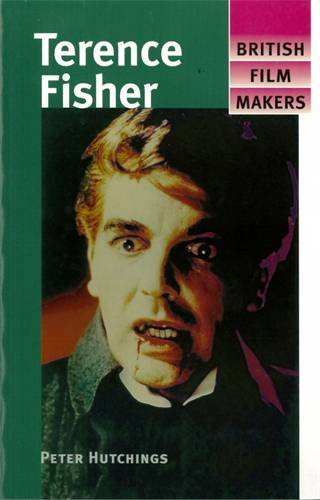Directed by Terence Fisher—who would later become a cornerstone of Hammer horror—Home to Danger is a lean, 66-minute British noir thriller that simmers with postwar paranoia and class tension. Released by Eros Films, it stars Rona Anderson as a young woman who returns from abroad only to find herself entangled in a deadly conspiracy surrounding her father’s death and her unexpected inheritance.
Plot Summary
Barbara Cummings (Rona Anderson) returns to England after the sudden death of her estranged, wealthy father, who is believed to have committed suicide. But Barbara isn’t convinced. Her suspicions deepen when she learns she’s inherited his estate—much to the dismay of his business partner Robert Irving (Guy Rolfe) and a circle of acquaintances with secrets to hide.
As Barbara digs deeper, she becomes the target of increasingly sinister threats. A drug dealer, a forged will, and a mysterious housekeeper all play into a web of deceit. With the help of a sympathetic solicitor and a skeptical police inspector, Barbara must unravel the truth before she becomes the next victim.
Cast Highlights
- Rona Anderson as Barbara Cummings
- Guy Rolfe as Robert Irving
- Francis Lister as Howard Wainwright
- Alan Wheatley, Bruce Belfrage, and a young Stanley Baker in early supporting roles
Behind the Scenes Trivia
- This was one of Terence Fisher’s final films before joining Hammer Films full-time, where he would direct The Curse of Frankenstein (1957) and Horror of Dracula (1958). You can already see his flair for shadowy interiors and moral ambiguity taking shape here.
- Rona Anderson, often cast in wholesome roles, plays against type as a woman navigating a world of lies and danger with quiet resolve.
- The film was shot quickly and economically, typical of British “second features” of the era—designed to accompany bigger studio releases in double bills.
- The script was based on a scenario by Ian Stuart Black, who would later write for Doctor Who and The Avengers, bringing a touch of pulp sophistication to the dialogue.
- Though modest in scope, the film’s tight pacing and escalating tension have earned it a cult following among fans of British noir.



Comments are closed, but trackbacks and pingbacks are open.